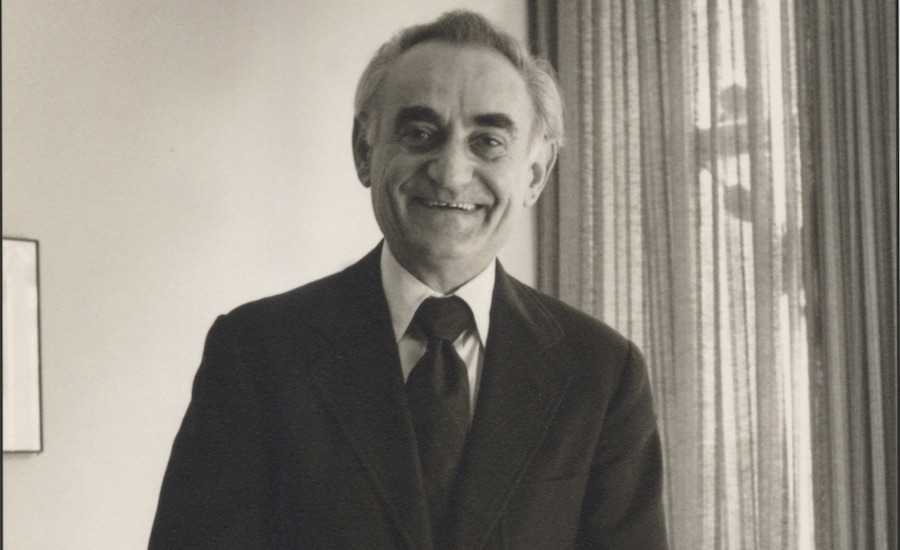Peter P. Petkoff, a structural engineer who helped realize the visions of famed architects Eero Saarinen and Minoru Yamasaki, died Jan. 9 at age 98 of vascular complications.
Petkoff had a decades-long career at the Detroit-based architectural engineering firm Smith, Hinchman & Grylls (now SmithGroupJJR), retiring as a senior vice president in 1984. He worked on two major postwar projects: Saarinen's General Motors Technical Center in Warren, Mich. and Yamasaki's Michigan Consolidated Gas Co. high-rise, now known as One Woodward Avenue.
“Pete was a huge and unrelenting advocate for employees. He was the consummate ‘door is always open’ kind of leader and treated all employees with the same high level of respect, regardless of their classification or tenure," recalled Randy Swiech, a principal and engineer at SmithGroup JJR who met Petkoff in the early 1980s. "That has stayed with me to this day. Others emulated Pete’s outstanding management style, and we became a better firm for it."
Born in Sofia, Bulgaria, Petkoff emigrated to the U.S in 1938, following his older sister to Detroit. He graduated from the University of Michigan, with a B.S. degree in engineering, in 1942. During World War II, he enlisted in the US Army and served in the precursor to the CIA, the Office of Strategic Services, coordinating espionage activities behind enemy lines. His knowledge of structural engineering, and bridges in particular, made him an asset.
After earning a structural engineering M.S. degree from the University of Illinois, Urbana-Champaign, Petkofff went to work for Smith, Hinchman & Grylls. In his second year there, he was selected to work with Eero Saarinen & Associates on the engineering for the GM Technical Center. The complex of 25 buildings, arranged around a large rectangular pool, set the standard for corporate campuses across America with its sleek, low-slung modernist buildings and a glistening domed structure in which new car models were evaluated before being put into production.
According to the Michigan Modern Project, it was “embraced around the world as the embodiment of the spirit of the post-World War II age in America." In 1985, the American Institute of Architects awarded the GM Technical Center its Twenty-five Year Award (1950-1975), given to structures that have “stood the test of time” and “exemplify design of enduring significance.”
In the late 1950s and early 1960s, following his promotion to chief structural engineer, Petkoff worked with Minoru Yamasaki & Associates on the new headquarters for Michigan Consolidated Gas. At the time of completion in 1963, the high-rise was the world's tallest all-welded, steel-frame building. Clad in two-story precast concrete panels that framed narrow windows, it had a thin vertical look that anticipated Yamasaki's twin towers at the New York City's World Trade Center.



